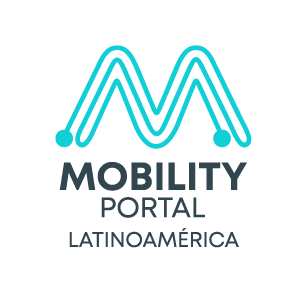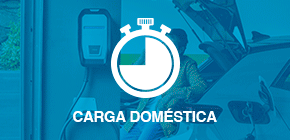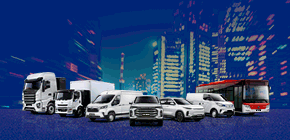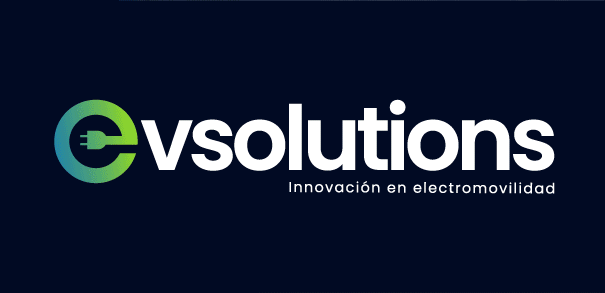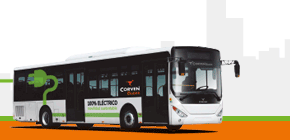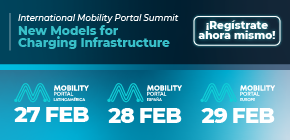The e- motorway, which is due to be completed by the end of 2025, is part of the country’s plans to decarbonise the transport industry.
EU law requires new cars will need to have zero CO2 emissions from 2035. This announcement is part of a wider strategy to help achieve this.
First reported by Euronews, Sweden has also piloted similar schemes in recent years – although the recent announcement is the most ambitious yet.
In total, 13 miles of the E20 motorway will be converted. This stretch of road is in the middle of three major Swedish cities – Stockholm, Gothenburg, and Malmö.
Jan Pettersson, Director at the Swedish Transport Administration, said: “We think the electrification solution is the way forward for decarbonising the transport sector and we are working with a number of solutions.”
Despite the new announcement, how the electrified motorway will be implemented is still under discussion. The Government will have three options to choose from.
According to the news report, the first option is to use a catenary system. This uses overhead wires to provide power to cars on the road, which would be most suitable for buses or trams.
The second option is to use an inductive system. This is where engineers will bury equipment underneath the road which sends power to coils fitted to EVs as they travel along.
The final option is where the new stretch of road would use conductive charging. This is where electricity is sent wirelessly to a metal plate on the EV.
The most prominent pilot scheme took place on the island of Gotland. This is where a small stretch of road was used by trucks and buses and used wireless electric charging.
In 2022, Volvo Cars announced the testing of a new wireless EV charging technology in a live city environment.
Over a three-year period, a small fleet of fully electric Volvo XC40 Recharge cars will be used as taxis by Cabonline, the largest taxi operator in the Nordic region, and charged wirelessly at stations in Gothenburg, Sweden.
The wireless charging test is one of many projects outlined within the strategic initiative Gothenburg Green City Zone, under which designated areas within the city are used as live test beds for the development of sustainable technologies.
“Gothenburg Green City Zone lets us try exciting new technologies in a real environment and evaluate them over time for a potential future broader introduction,” said Mats Moberg, Head of Research and Development at Volvo Cars. “Testing new charging technologies together with selected partners is a good way to evaluate alternative charging options for our future cars.”
The charging starts automatically when a compatible vehicle parks over a charging pad embedded in the street, allowing drivers to conveniently charge without getting out of their car. The charging station sends energy through the charging pad, which is picked up by a receiver unit in the car.




